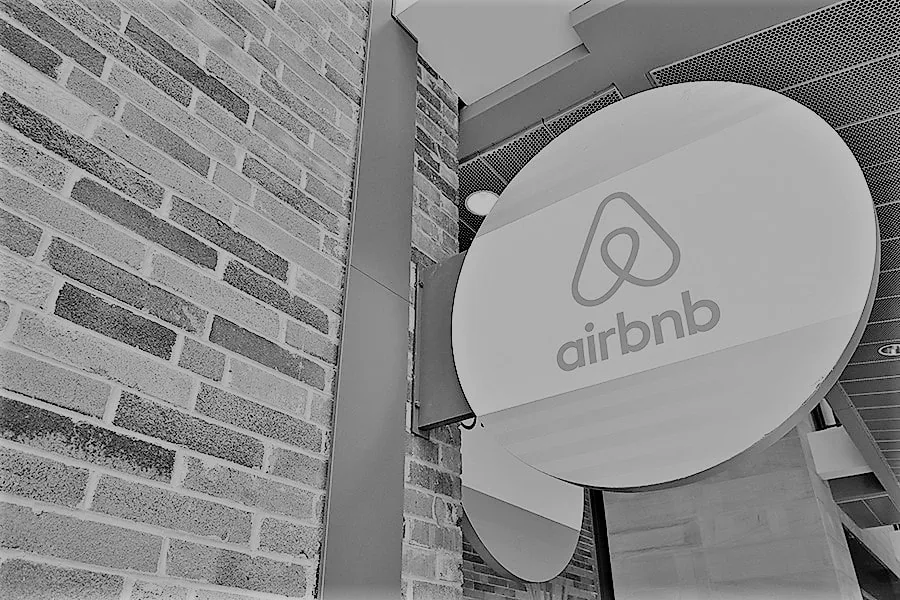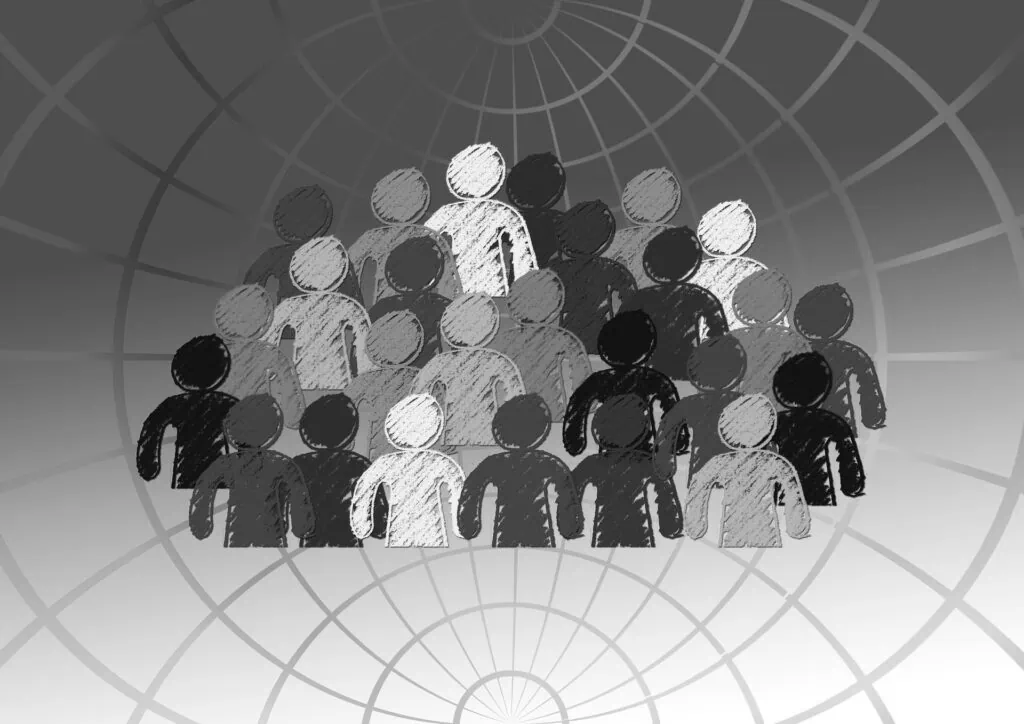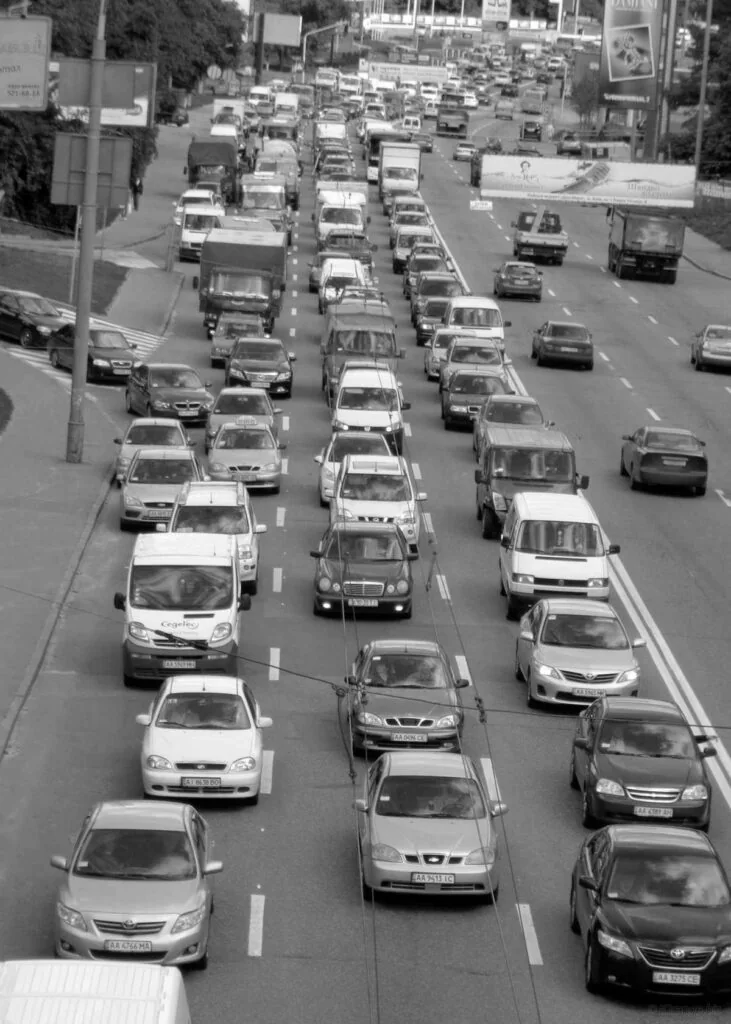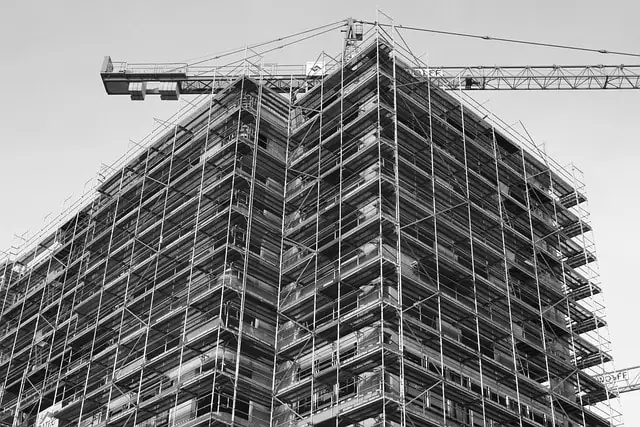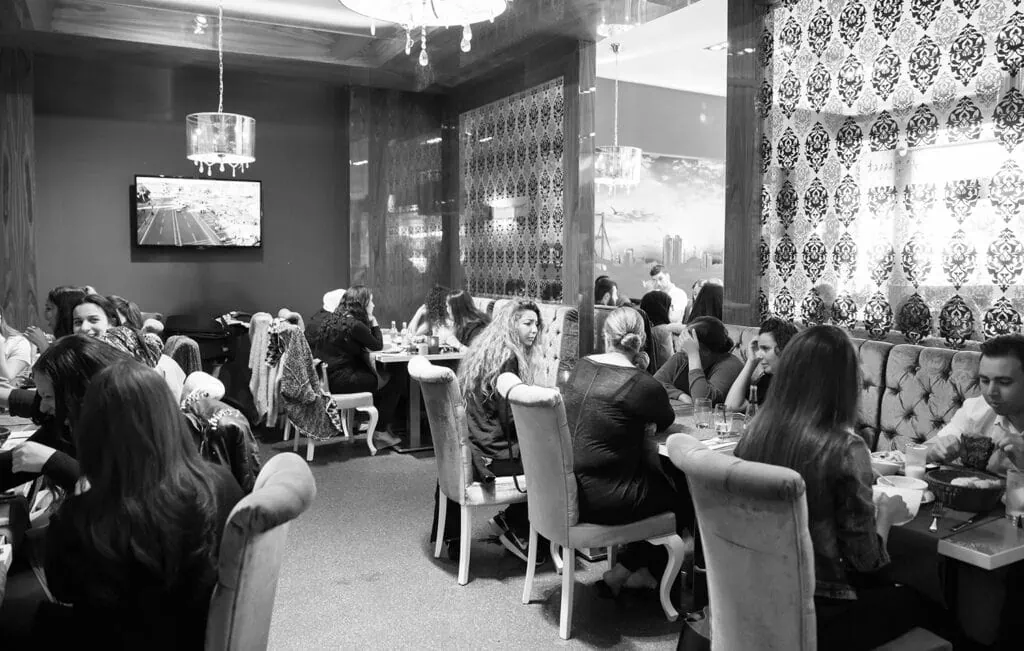Posts by Ellen Woudstra
Responding to food insecurities: Detecting early signs of famine
Bo Andrée is working on an ambitious high-profile project at the World Bank: the Famine Action Mechanism (FAM). Bo is the leading data scientist at the World Bank in charge of the technical development part of the FAM, and is also working at the VU on finalizing his PhD thesis on spatial time series modeling.…
Read MoreShort-term rentals and the housing market: The effects of Airbnb
Short-term rental (STR) platforms, such as Airbnb, have grown spectacularly in recent years. Since its launch in 2007, Airbnb has grown into a multibillion dollar business, now offering more than 4.5 million listings in over 190 countries worldwide. Airbnb allows individuals to list their spare room or entire apartment for a self-established price to potential guests from all over the…
Read MoreExpanding versus greening? On energy and emission transitions in Mozambique
Africa’s energy sector is vital to the continent’s future development and yet remains the most relatively poorly understood part of the global energy system. Africa is rich in both renewable and fossil energy sources: its energy mix is dominated by bioenergy, it has a huge solar energy potential, and renewable energy technologies (mainly hydropower) already…
Read MoreTrending topic: Crowdfunding the conservation of nature
Crowdfunding websites are increasingly being used as a mechanism to fund the provision of public goods. Crowdfunding is the practice of raising capital from many investors to fund a project through an on-line platform. It is a relatively new mechanism, with well-known platforms such as FundRazr, GoFundMe, Kickstarter, and IndieGoGo having been launched only in…
Read MoreA new method for measuring vegetation: LiDAR data
Modernization of agricultural land use across Europe is responsible for a substantial decline of linear vegetation elements such as tree lines, hedgerows, riparian vegetation and green lanes. These linear objects have an important function for biodiversity, e.g. as ecological corridors and local habitats for many animal and plant species. Knowledge on their spatial distribution is…
Read MoreManaging congestion with tradable permits: The best of both worlds?
The recent rapid growth in traffic congestion in The Netherlands has revived discussions on how to best deal with this persistent challenge for urban policy makers. It was already back in the 1920’s that the Cambridge economist Arthur Pigou developed what is to date the textbook analysis of the economics of traffic congestion; including a clear…
Read MoreThe billion pound drop: Did the Blitz enhance London’s economy?
The Blitz lasted from September 1940 to May 1941, during which the Luftwaffe dropped 18,291 tons of high explosives and countless incendiaries across Greater London. Although these attacks have now largely faded from living memory, our recent paper ”The Billion Pound Drop” shows that the impact of the Blitz remains evident to this day in…
Read MoreEmpty homes, longer commutes: Effects of more restrictive local planning
We have argued for a very long time that the fundamental problem with housing in Britain is a lack of supply: we have been underbuilding for two generations. Updating the simple estimate one of us made in 2014, the shortfall in building in England just since 1994 has gone up from about 2m homes to…
Read MoreEthnic restaurants do increase the attractiveness of cities
Living Apart Together: The economic value of ethnic diversity in cities Why are cosmopolitan cities like New York, London, and Amsterdam attractive residential locations? Apart from the fact that there are many well paid jobs, these attractive residential cities are also rich in amenities. These amenities include good public services, but also an abundant supply…
Read MoreIt is worthwhile to keep investing in historic buildings
In many countries, vast amounts of public money are invested to preserve historic buildings. In the Netherlands, for example, total public expenditures on renovation subsidies have been more than a billion euros since the 1970s. In Britain, more than 45 thousand buildings are listed, which implies that they are eligible for substantial subsidies, e.g. via…
Read More
